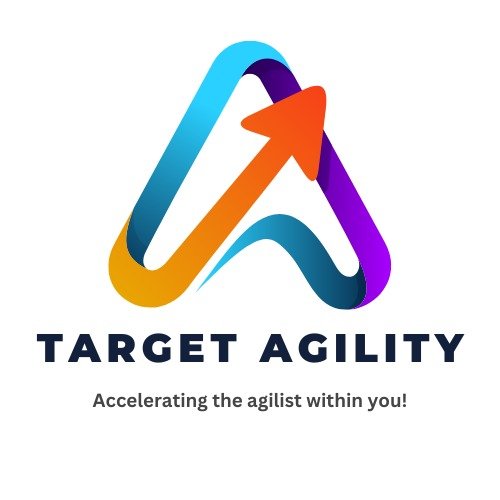Scrum and Agile methods are always changing, which means Scrum practitioners need to keep learning to stay effective. As markets and technology evolve, staying updated with new practices and tools is crucial for success. Let’s explore why continuous learning is important, the benefits it offers, and how Scrum practitioners can keep growing.
Why Continuous Learning is Important
Scrum is more than just a framework; it’s a mindset. Staying open to learning helps Scrum practitioners:
- Stay Up-to-Date: Agile practices and tools evolve quickly.
- Boost Team Success: Improved knowledge helps teams work better.
- Solve Problems: New skills help tackle tough challenges in projects.
- Encourage Innovation: Learning inspires fresh ideas and better processes.
What to Focus on for Growth
To grow, Scrum practitioners can focus on several key areas:
- Scrum Basics
- Strengthen your understanding of Scrum roles, events, and artifacts.
- Improve teamwork and communication.
- Advanced Agile Practices
- Learn about frameworks like SAFe, LeSS, or Nexus for large projects.
- Explore related practices like Kanban, Lean, or DevOps.
- Leadership and Coaching
- Build skills to guide and motivate teams.
- Learn how to coach teams through challenges and changes.
- Tools and Technology
- Stay updated on tools like Jira, Trello, or Azure DevOps.
- Explore AI tools to support decision-making and automation.
- Soft Skills
- Work on communication, problem-solving, and adaptability to better manage stakeholders and teams.
Ways to Keep Learning
There are many ways Scrum practitioners can keep improving:
- Certifications and Training
- Take courses like Certified ScrumMaster (CSM) or Professional Scrum Master (PSM).
- Advance your skills with certifications like SAFe Agilist or Advanced Certified ScrumMaster (A-CSM).
- Workshops and Events
- Join industry workshops and events to learn from experts.
- Attend Scrum and Agile conferences to stay updated.
- Online Learning
- Use platforms like Coursera, Udemy, or LinkedIn Learning for flexible training.
- Join webinars and online meetups to connect with the Scrum community.
- Communities of Practice
- Join Scrum user groups to share ideas and learn from others.
- Participate in forums like Scrum.org or Agile Reddit.
- Books and Self-Learning
- Read books like “Scrum: The Art of Doing Twice the Work in Half the Time” by Jeff Sutherland.
- Follow blogs, podcasts, and videos about Scrum and Agile.
How Organizations Can Help
Organizations play a big role in helping their teams grow. They can:
- Offer Training: Provide budgets for certifications and courses.
- Encourage Mentoring: Promote knowledge-sharing among team members.
- Allow Experimentation: Support teams in trying new methods and learning from mistakes.
- Provide Resources: Give access to learning tools, books, and platforms.
Benefits of Continuous Learning
For Scrum practitioners and organizations, continuous learning brings many benefits:
- Better Teamwork: Updated skills help teams work together more effectively.
- Quick Adaptation: Practitioners can handle changes and challenges better.
- Higher Job Satisfaction: Learning keeps work interesting and rewarding.
- Improved Results: Staying updated leads to better project outcomes and happier clients.
Conclusion
Continuous learning is essential for Scrum practitioners. By taking certifications, exploring new tools, and staying curious, practitioners can stay ahead in their field. Organizations that support their teams’ growth also gain long-term benefits. Keep learning, and success will follow!
Ready to take your Scrum skills to the next level? Explore our recommended courses and resources today!












